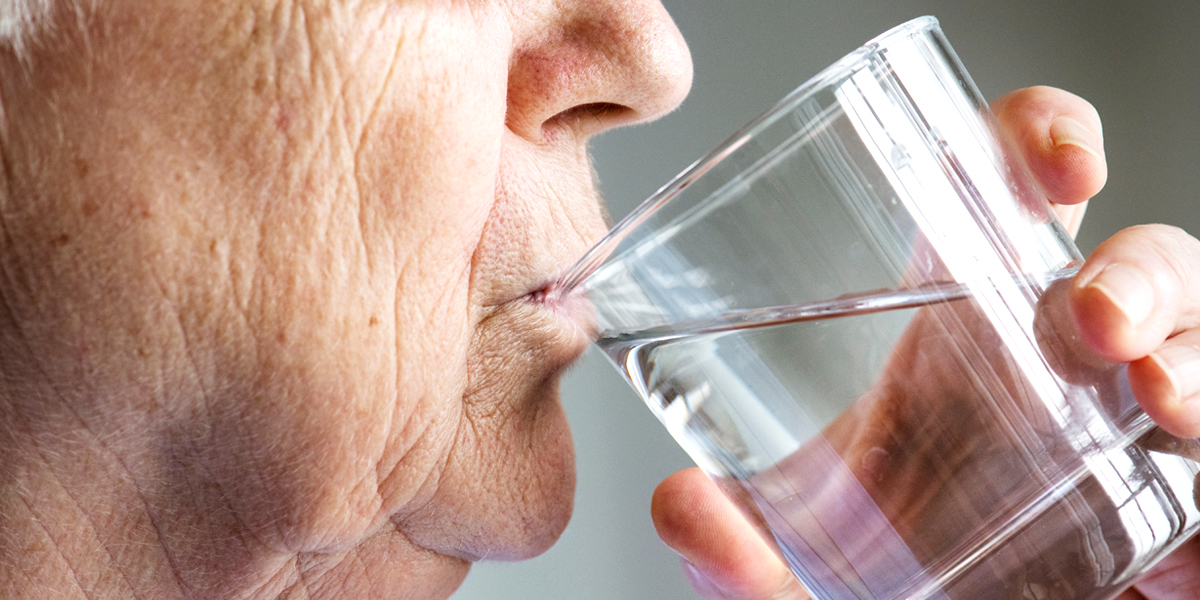We have all experienced the unpleasant sensation of having a dry mouth, called xerostomia, which is caused by a decrease in saliva production. The general symptoms of this disorder are, dry lips and mucosal dryness, and can sometimes cause atrophy and hypersensitivity, including other symptoms such as the formation of fissures on the tongue or flaking of the tissues.
It is estimated that xerostomia commonly affects 20-30% of the population and may be associated with altered emotional states due to nervousness, anxiety, stress or fear. However, it often increases significantly after the age of 50, affecting a higher percentage of women and polymedicated patients.
In relation to the latter, it is estimated that there are more than 500 drugs in frequent use that can cause dry mouth, among which are antidepressants, antipsychotics, diuretics, antihypertensives, antiparkinsonians, anxiolytics, sedatives, anticonvulsants or bronchodilators.
Although it may be a once-off problem, prolonged xerostomia can cause significant health problems, in addition to obvious discomfort, and can also serve as a warning sign of the presence of certain diseases, including diabetes, Sjögren’s syndrome (an autoimmune disorder in which the glands that produce tears and saliva are destroyed), and an increased risk of contracting immune deficiency syndrome (HIV).
The lack of lubrication caused by a prolonged decrease in saliva production can further lead to disorders such as dysphagia or difficulty swallowing, which we discussed in a previous article, dysphonia or difficulty speaking, or dysgeusia, which causes impairment or changes in the sense of taste.
In addition to its fundamental role in nutrition, saliva plays an important protective role in maintaining the hygiene of the mouth and regulating the presence of bacteria. If insufficient saliva is produced, this can lead to an imbalance of micro-organisms that can lead to diseases such as tooth decay or periodontitis, as well as causing halitosis or bad breath.
It is not easy to treat xerostomia and must be approached in a comprehensive manner to improve the patient’s condition which include appropriate preventive measures to be undertaken. Most importantly, it is essential to maintain optimal oral hygiene and proper care of the dental prosthesis.
Measures to achieve this objective include the removal of plaque by brushing and flossing, the use of alcohol-free antimicrobial pastes, mouthwash or gels to combat the presence of bacteria, and the application of fluoride to prevent demineralisation of the teeth.
In addition to the above, there are other aspects that should be taken into consideration to prevent dry mouth. These include avoiding soft or mashed food as much as possible, drinking enough water to stimulate saliva production, and minimising the use of prosthetic adhesives, as they can encourage fungal attachment to the prosthesis.
In particularly complex cases, which we tend to find predominantly in toothless patients of advanced age, another measure we can adopt is artificial moistening of the lips by applying glycerine, infusions or lemon.
Given the multiplicity of factors that can lead to xerostomia and the complexity of its approach, at Lura Care we recommend, in addition to always maintaining proper hydration and good oral hygiene habits and care of prostheses, regular check-ups with our dentist in the presence of prolonged dry mouth. These are undoubtedly the best preventive measures to ensure that we can deal with your treatment in an optimal way.
Article by Esther Palomo, dentist at Lura Care

